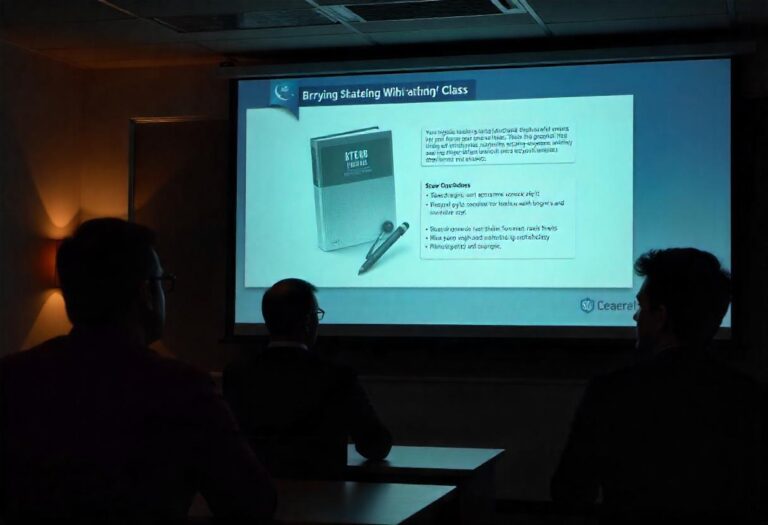
Oxford and Cambridge are two of the most prestigious universities in the world, often collectively referred to as “Oxbridge.” Both universities have centuries of rich history, academic excellence, and distinctive traditions. While they share many similarities as ancient institutions, one of the most notable features setting them apart is their collegiate system. Understanding the differences between Oxford and Cambridge colleges can help prospective students, academics, and enthusiasts appreciate what makes each university unique.
The Collegiate System: A Common Ground
Both Oxford and Cambridge operate a collegiate system, meaning the universities consist of a collection of semi-autonomous oxbridge college admissions rather than being a single unified campus. Each college functions as a mini-university within the university, responsible for admitting students, providing accommodation, and organizing small-group teaching called tutorials at Oxford or supervisions at Cambridge.
Despite this shared structure, the way colleges are organized, their individual personalities, and the culture they foster vary between the two universities.
Historical Background and Structure
Oxford University is the older of the two, with teaching dating back to the 12th century. Cambridge was founded in 1209 by scholars fleeing Oxford after disputes with townsfolk. Both universities developed a collegiate system to manage their growing academic communities, but Oxford’s colleges were established over a longer period and in a somewhat less uniform way, resulting in a more diverse range of college sizes and architectures.
Cambridge’s colleges were often established with clearer academic or religious foundations, sometimes tied closely to specific colleges at Oxford. This has created a distinctive rhythm and set of traditions at each university. For example, Cambridge tends to have a larger number of smaller colleges, while Oxford’s colleges vary more widely in size.
Differences in College Size and Student Population
One key difference lies in the size of the colleges. Oxford colleges range significantly in student population. For instance, colleges like Christ Church and St John’s are quite large, housing over a thousand students, while others such as St Benet’s Hall are much smaller.
Cambridge colleges generally tend to be smaller, fostering an intimate community atmosphere. Colleges such as King’s College and Trinity College are among the largest and most well-known, but many other Cambridge colleges maintain a close-knit environment, which can appeal to students seeking a more personalized academic and social experience.
Admissions Process and Academic Focus
While both universities admit students primarily through their colleges, the process and emphasis can differ. At Oxford, students apply directly to a specific college or make an open application to be allocated later. Some colleges at Oxford are known for particular academic strengths or traditions, and applicants may choose based on reputation or personal preference.
Cambridge has a similar system but with subtle distinctions. Applicants can apply to any college, and many are assigned to one through a process called “pooling” if their chosen college is oversubscribed. Cambridge colleges sometimes emphasize particular subjects more than others, and this specialization influences where applicants may prefer to apply.
Teaching Styles: Tutorials vs. Supervisions
Oxford and Cambridge both emphasize small-group teaching, but the terminology and structure differ. At Oxford, students participate in tutorials—intensive one-on-one or small-group sessions where students discuss essays, problem sets, or topics with their tutors.
Cambridge calls these sessions supervisions, which are similar but often involve slightly larger groups and more frequent meetings, depending on the subject. Both methods encourage active learning, critical thinking, and close academic mentorship.
Traditions and Social Life
Each college at Oxford and Cambridge fosters a unique culture and traditions. For example, Oxford’s Christ Church College is famous for its grand dining hall, which inspired the Great Hall in the Harry Potter films. Cambridge’s King’s College is renowned for its chapel choir and the annual Christmas Eve Festival of Nine Lessons and Carols.
Social life also varies. Oxford colleges tend to have diverse formal events and may have more extensive sports facilities, while Cambridge colleges are often celebrated for their academic societies and rowing clubs. These distinctions contribute to the vibrant, multifaceted experiences available at both universities.
Conclusion
While Oxford and Cambridge share the overarching collegiate system and commitment to academic excellence, the differences between their colleges offer prospective students a variety of experiences. From the size and culture of the colleges to the nuances in teaching and traditions, these differences shape the identities of each university.



